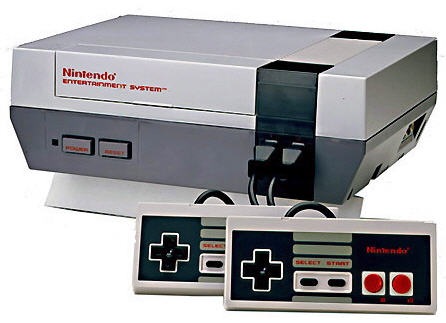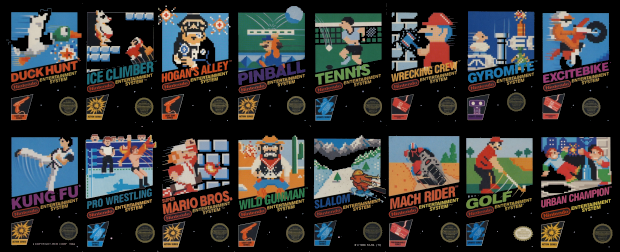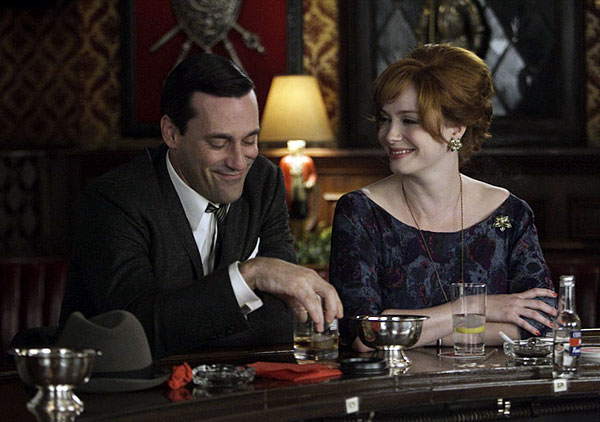The month, October. The year, 1985. The event, the release of the upgraded and re-branded Famicom system in the United States. A console gamers across the generations would come to know as the Nintendo Entertainment System, or NES for short. A console that ended the Dark Age of video games by systematically undoing the damage inflicted on the industry due to corporate meddling, and pushed gaming forward by leaps and bounds.
In 1983, while Atari was tanking and the word “video game” lost its charm in America, Japan was seeing something different. Thanks to Nintendo’s family computer entertainment system Famicom, video games were flourishing in the Japanese market. By 1985 Nintendo was confident they could break into the American market and bring video games back from the dead. Their plan for doing so was brilliant.
The first thing Nintendo did was redesign and upgrade Famicom. A grey boxy design presented a more mature system compared to the colorful toy like Famicom, allowing the NES to blend in with the other technology in the living room. When selling the console to American consumers, Nintendo also used terms like “game paks” and “control deck” instead of “cartridges” and “video game console”. This effectively created distance between the NES and the first generation of consoles that consumers had lost faith in.
Next, Nintendo knew they had to win over the parents. Therefore the NES focused on developing games that were pleasing to kids and included R.O.B. the robot to pacify parents, because nothing says “I’m not a video game console” like a cute little robot. This marketing ploy worked like a charm. Parents were smitten with R.O.B. and gladly bought the NES for their little gamer. That’s right parents, you were tricked into buying a gaming system. Don’t feel bad though. Nintendo tricked your children into buying a Wii U by creating Amiibo’s. Another step Nintendo took to ensure that parents felt like they were buying a quality product was to change how they handled box art. Nintendo’s box art accurately depicted game graphics rather than luring gamers in with false pretenses like Atari’s E.T. video game. What you saw on the box, was what you got in the game. Painting a pixelated preview won back consumer trust and lead to tremendous sales.
Finally, Nintendo knew that one of the biggest problems surrounding the crash of 1983 was the over saturation of corporate video games. Anyone and everyone that could afford to make a video game, did. The result was a ton of duds with the occasional gem hidden in the pile. They countered this problem by holding a tight rein on third party developers. Instead of a gaming free for all, developers who wanted to publish on Nintendo’s system had to be licensed with the company, were prohibited from publishing games on other consoles, and were confined to releasing a maximum of two games per year. Each game received a seal of approval, guaranteeing each game published through Nintendo was of the highest quality. Although Nintendo’s terms were steep, developers were won over by Nintendo’s relatively strong 18 game launch line up and rapidly growing fan base.
Nintendo proudly sold the NES stateside for ten years before discontinuing production (Japan didn’t stop distribution until 2003!).
The NES gave gaming a second chance, and that is something I know we are all grateful for. Without the NES there is no telling if gaming would even exist today. Chances are companies would have seen video games as a complete waste of time and the industry would have collapsed. So here’s to you sweet NES, cheers to 30 years!
[vsw id=vDFvkWY6tJU source=”youtube” width=”425″ height=”344″ autoplay=”no”]







